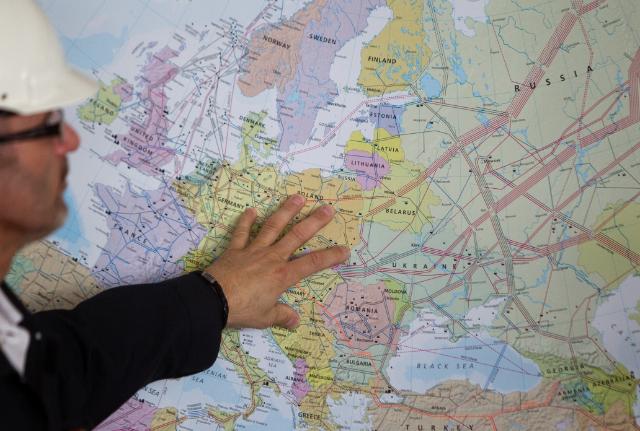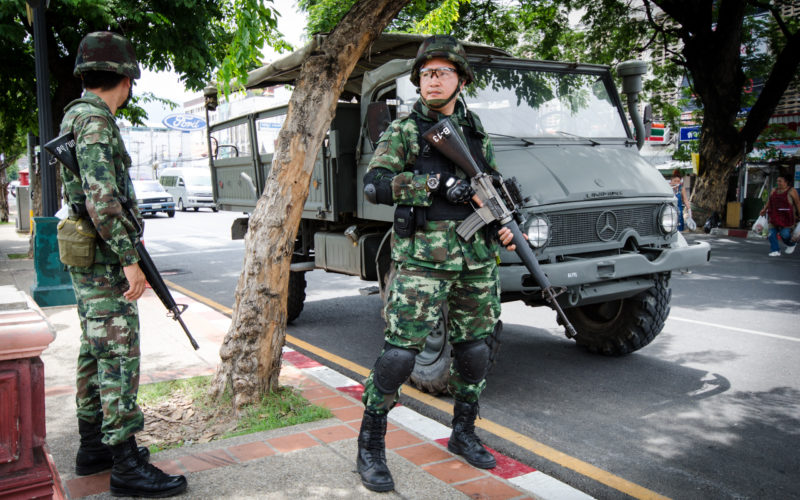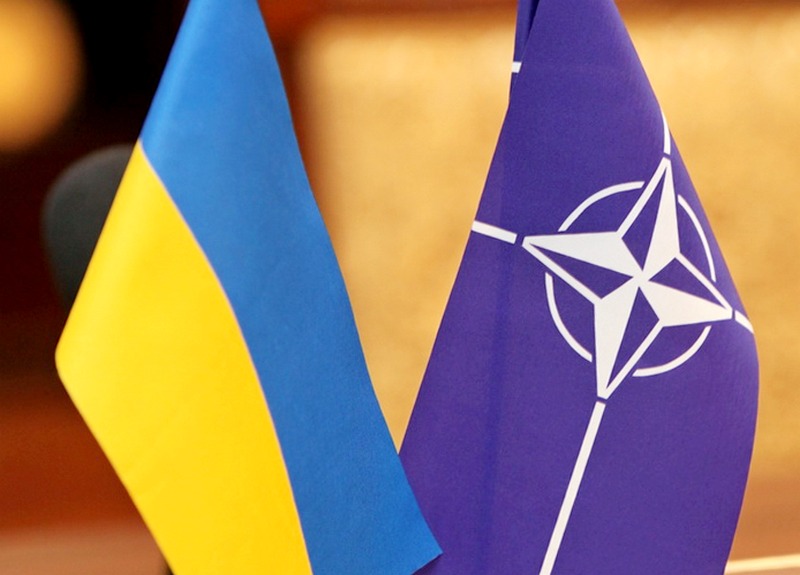Milosz Zak looks at the ever growing significance of closed-circuit television in “surveillance societies” and how it has factored into some recent cases of terrorism.
Surveillance Societies: A Sign of the Times
There was once a time when closed-circuit television (CCTV) was a highly contentious issue. Debates raged worldwide regarding privacy concerns brought about by CCTV, with advocacy groups citing any number of endangered personal freedoms in real democracies.
The truth is that an interconnected individual of the present day regularly produces data, which reflects their patterns of behaviour. Anything, such as an online presence, use of mobile devices, and banking can profile a person’s possible interests, contacts, location, as well plans and intentions. Being caught on camera on our way to work is now the least of our worries.
[captionpix align=”left” theme=”elegant” width=”300″ imgsrc=”http://natoassociation.ca/wp-content/uploads/2013/06/CCTV2.jpg” captiontext=”CCTV cameras are everywhere we go. “]
On some symbolic level, CCTV may have been a starting point for the proverbial slippery slope, but the surveillance of individuals has since become more expansive. The recent attacks in the US, and real concerns over subsequent homegrown and foreign terrorism in the UK and Canada have all but silenced the most convincing critics.
Surveillance societies are here to stay; they are a consequence of globalization and a response to the often difficult to predict actions of individuals acting out their disagreement with anything from culture or religion, to political and economic systems. When once only a CCTV camera was a concern, the monitoring of individual behaviour in the West has reached an all-time high, and the fruits of which are already evident in several contexts.
The ability to significantly cut the costs of policing, facilitation of the study of criminal and terrorist acts, and probably, most importantly, the identification and apprehension of suspected individuals are clear dividends of a concerted shift towards surveillance societies. In the UK, terror suspects face better detection and apprehension, at a fraction of the cost; in the case of the recent Boston marathon bombings, CCTV provided a breakthrough in the manhunt for the perpetrators, while north of the border, transnational surveillance led to the thwarting of attacks on Toronto-area railways.
UK: Big Brother?
It is estimated that the UK has over 4.2 million CCTV cameras across all four countries, even if it is not known how many of them are actually in operation or monitored regularly. Following the London 2005 “7/7” bombings on the Transport for London, there was an upward trend towards increased surveillance. Only a year after the 7/7 bombings, the government’s Information Commissioner Richard Thomas, warned that the UK would, “sleep-walk into a surveillance society”. Over half a decade later, experts, and the British public at-large, would agree that the prospect of a UK “surveillance society” had become a reality.
The en masse surveillance of public spaces by CCTV came as a measure to cut policing costs. The growth of metropolitan transportation infrastructure, suburban sprawl, attempted and realized terrorist attacks against public spaces, resulted in a sharp shift towards effective systems of surveillance. The goal was to deter and prevent incidents, but also to study perpetrator and public behaviour, at the same time providing material for public reports, which were then spun into television documentaries by news media outlets, thus allowing the British public a chance to rally, understand and recover following incidents. In the case of the UK, with the recent arrests of four terror plotters following MI5 surveillance and investigation as early as April 23rd of this year, the cost-benefit analyses seem to favor increased surveillance.
US: The Boston Marathon Breakthrough
It is difficult to compare the prevalence and use of CCTV in the US to that of the UK. In the case of the Boston marathon bombings, however, allegedly perpetrated by the 19 and 26-year-old brothers Dzokar and Tamerlan Tsarnaev, CCTV has already proved invaluable to investigators, with the Mayor of Boston Thomas Menino calling it a “breakthrough.” As in the case of the UK, video footage is fast becoming a law enforcement force multiplier in the US.
The significant lead in the investigation was provided by CCTV footage from a department store, which happened to capture the two suspects. The surviving 19-year old Dzokar Tsarnaev has supposedly confirmed his participation in the bombings and the investigation now seems to have shifted to determining a motive and role of the elder Tsarnaev. Involvement in other past criminal activity has also come to light.
The voluntary cooperation of the private sector in the public investigation underscores the extent of surveillance, but also its variance across contexts. The US case demonstrates that the private sector could have both a significant future role and stake in the next stage of development of surveillance societies.
Canada: Planned VIA Train Attacks and Transnational Surveillance
Suspected terror plotters Chiheb Esseghair and Raed Jasser, both in their 30s, were monitored by US authorities following the discovery of a link with al-Qaeda, and then subsequently monitored by Canadian authorities. Their supposed objective was to derail a VIA train on the Toronto to New York route. It is known that the two watched trains and visited railways, but their links to al-Qaeda are still unclear. Experts speculate that the two were arrested because it was unclear if the events in Boston were al-Qaeda related, or if Esseghair and Jasser had some sort of follow-up role in the aftermath of the Boston bombings. Erring on the side of caution, concerned authorities on both sides of the border must have concluded that continued surveillance of the two, in the hopes of additional leads, proved a greater liability than preemptive arrest.
Although the guilt of the two is yet to be established, the case of the planned VIA train attacks is not only an example of international cooperation in the War on Terror, but also an example of effective transnational surveillance. Canadian and American intelligence services monitored the strange behaviour of the two suspects, gathering evidence for as long as the threat level appeared to remain low.
Conclusion
Each of these three recent cases of terrorism, and terror-related investigations in the UK, the US and Canada demonstrate the tangible benefits of the rise of surveillance societies. Experts, and especially academics, would likely question whether all-encompassing surveillance will benefit individuals and society in dealing with the next great global security challenge; it is clear that the rise of surveillance societies is a response to the demand. It is difficult to see an end or even a halt to the monitoring of our daily lives for as long as the threats within and without persist.




